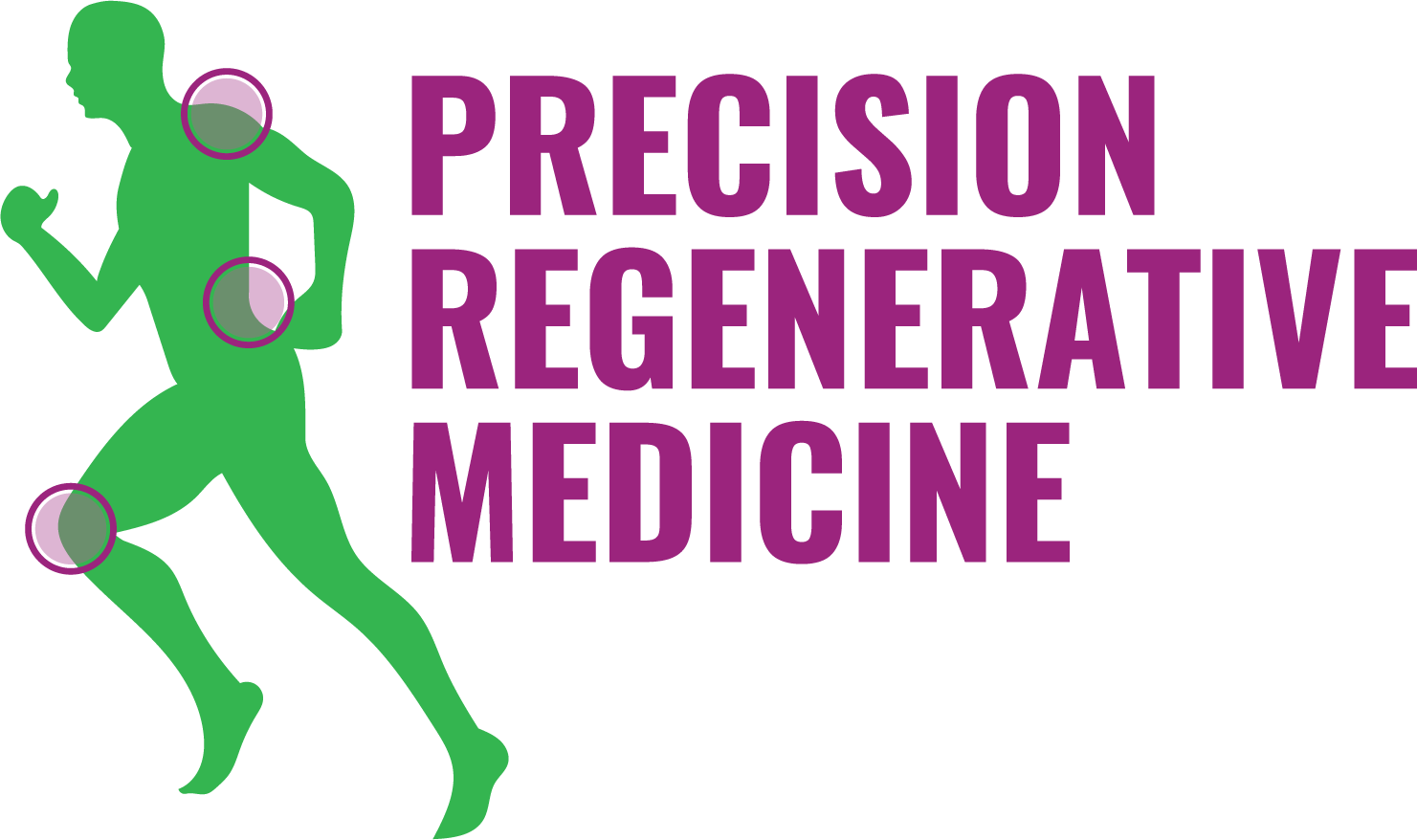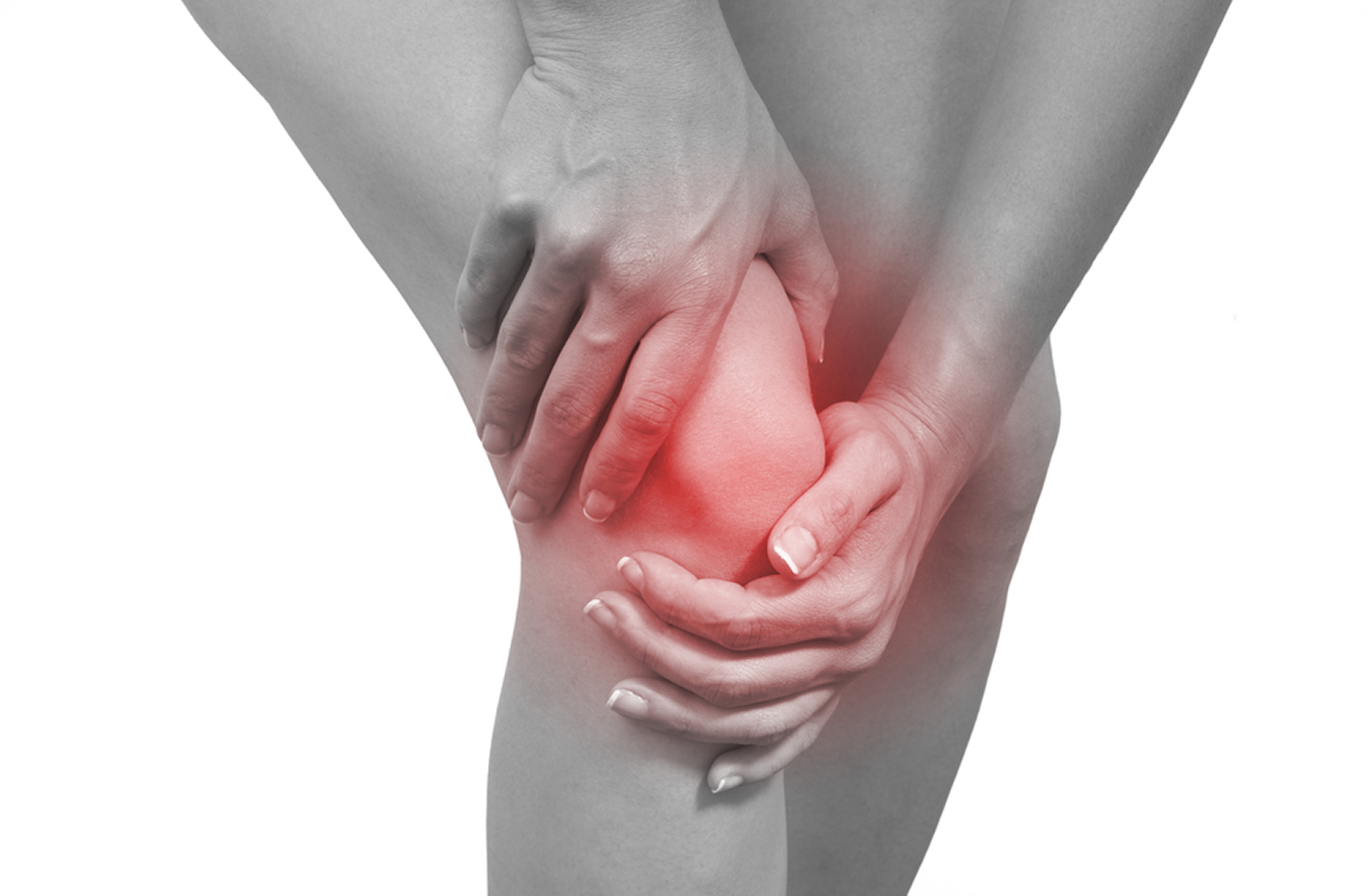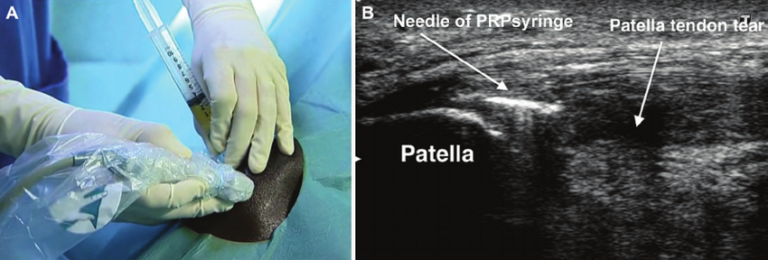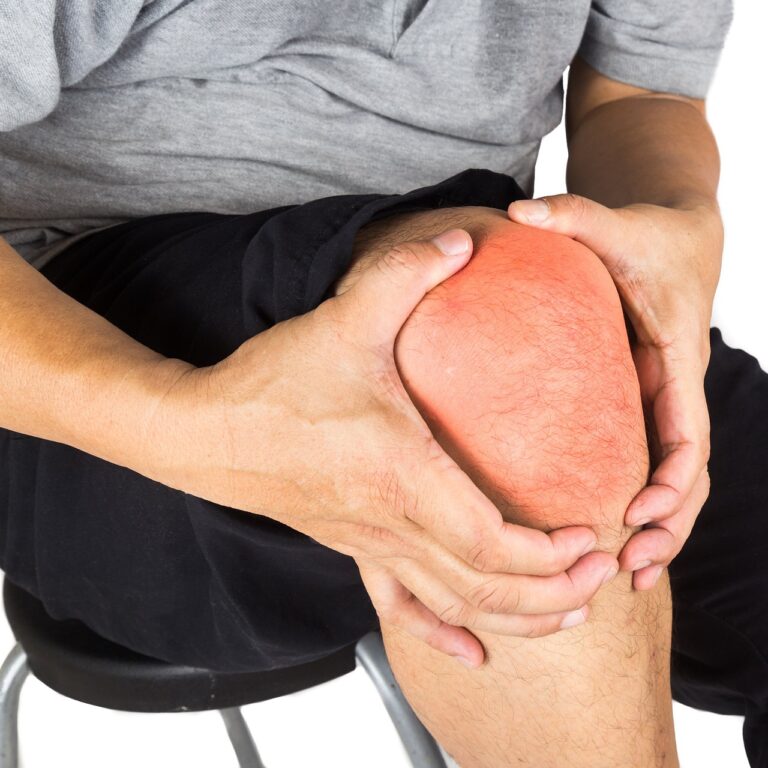All About Jumper’s Knee: Causes, Signs, and Treatments
If you jog or participate in sports that involve a lot of running, you may already know what it feels like to have jumper’s knee. When the persistent knee pain and other symptoms of jumper’s knee limit what you can do, you can find the help you need at Precision Regenerative Medicine.
Our regenerative medicine specialist Tammy Penhollow, DO, offers several therapies to address jumper’s knee complications. Dr. Penhollow focuses on healing the root cause of your pain from the inside out using platelet-rich plasma (PRP) therapy, prolotherapy, and other innovative treatments.
Understanding jumper’s knee
Jumper’s knee is a term used to describe patellar tendonitis. This condition develops when you injure the tendon that connects your patella (kneecap) to your shinbone. The patellar tendon gives your knee the range of motion you need to run, jump, and kick your leg forward and backward.
Injuries to this tendon are especially common in athletes who engage in activities that require a lot of jumping, such as gymnastics, volleyball, and basketball. You can also develop jumper’s knee if you have overly tight leg muscles or an imbalance in the muscles surrounding your knee joint.
Another risk factor for jumper’s knee is chronic disease. If you have rheumatoid arthritis, diabetes, or other autoimmune conditions, blood flow to the structures in your knees may be poor. A lack of blood can weaken the patellar tendon and make it susceptible to strains and tears.
Recognizing signs of jumper’s knee
The first indication of jumper’s knee is pain around your kneecap. Initially, you may only experience mild discomfort when you start physical activity. However, pain can worsen with additional stress on your knee joint.
Jumper’s knee can also cause redness and swelling around your knee joint. If swelling is severe, you may be unable to bend your knee or fully straighten your leg.
When jumper’s knee symptoms become chronic, you may not be able to keep up with your daily routine. Many people find simple activities difficult such as getting out of a chair or climbing stairs.
Ignoring symptoms of jumper’s knee can increase your risk for a partial or complete tear of your patellar tendon, injuries that will likely require surgical repair. Meeting with Dr. Penhollow in the earliest stages of knee pain ensures you get the treatment you need to avoid tendon tears and the need for surgery.
Regenerative treatment options for jumper’s knee
Treating jumper’s knee aims to heal the damaged tendon and resolve your pain and other symptoms.
We offer several effective therapies for jumper’s knee, including:
Prolotherapy
Prolotherapy involves injections of a local anesthetic and the substance dextrose into the stained or torn tendons of your knee. Dextrose triggers your body’s natural healing response to increase the circulation of blood, blood platelets, and stem cells to the area to heal damaged tendon tissue.
Platelet-rich plasma (PRP) therapy
PRP is a substance in your blood that contains growth factors that support the healing of damaged tendons and other soft tissues. PRP injections also reduce chronic inflammation, restoring the full range of motion in your knee joint.
Bone marrow aspirate concentrate (BMAC)
BMAC involves injections of bone marrow-derived mesenchymal stem cells along with other anti-inflammatory proteins and growth factors from your own body into your damaged tendon. The cells support the healing of soft tissues and bone to alleviate the inflammation and pain of jumper’s knee.
Call Precision Regenerative Medicine in Scottsdale, Arizona, to schedule a consultation for jumper’s knee symptoms or book an appointment online today.



